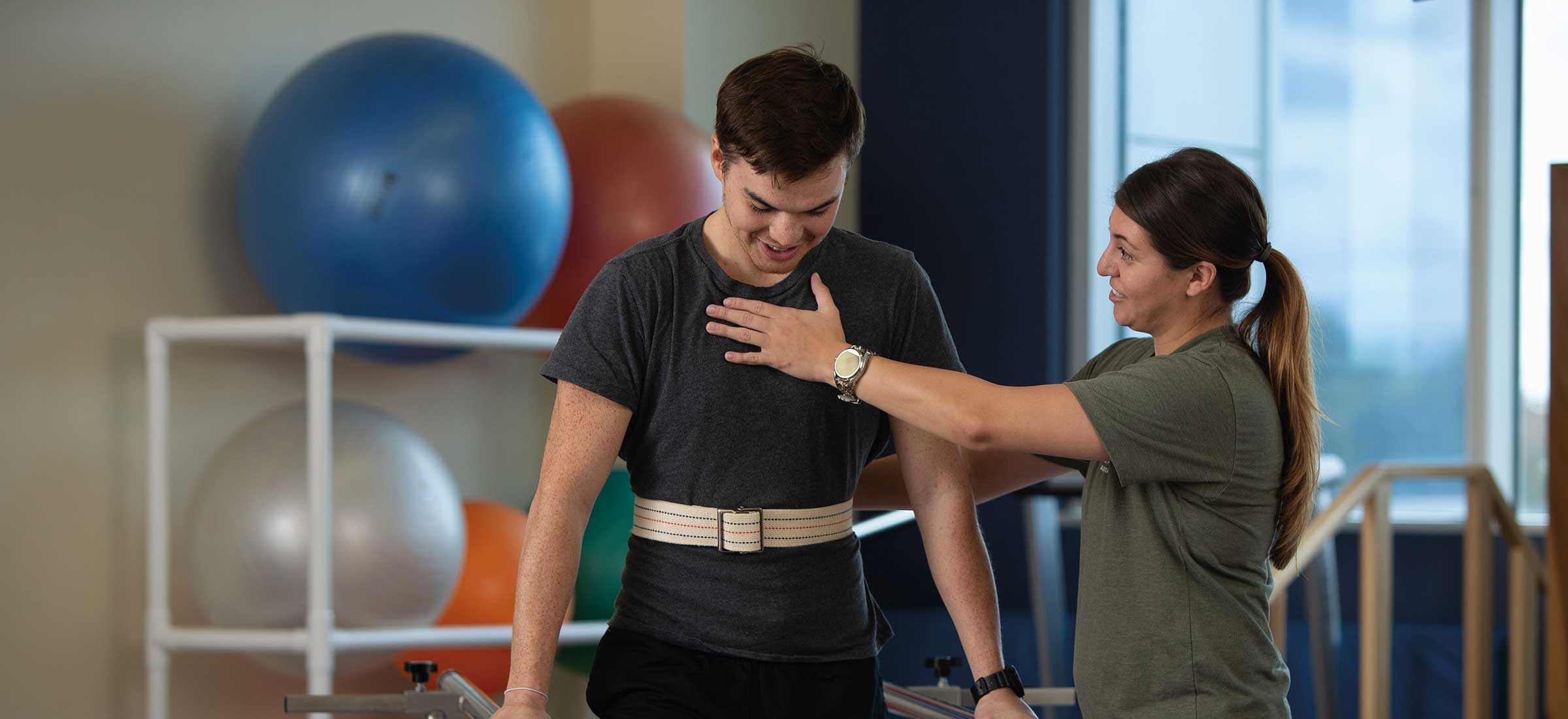Efficient Methods for Alleviating Breathlessness in Physical Rehabilitation Sessions
Efficient Methods for Alleviating Breathlessness in Physical Rehabilitation Sessions
Blog Article
Breathing difficulties, or trouble respiration, is a frequent issue that many people face, especially those with chronic lung diseases, heart problems, or other medical concerns. In physical therapy sessions, addressing breathing difficulties is crucial for helping clients enhance their overall quality of life. By employing specific techniques and strategies, physical therapists can assist patients in controlling their respiratory difficulties. Grasping these effective approaches can empower both therapists and patients to work together more effectively in addressing obstacles related to breathing difficulties.
One of the main methods used to reduce breathing difficulties in physical therapy is the application of controlled breathing exercises. These activities often concentrate on abdominal breathing, which promotes patients to use their breathing muscle rather than their upper chest muscles when inhaling. This approach helps to increase lung volume and efficiency. Additionally, pursed-lip breathing is another technique that can be helpful. This method involves inhaling through the nose and exhaling slowly through compressed lips, which can assist to keep airways clear longer and render breathing feel easier. By including these exercises into therapy sessions, physical therapists can provide patients with tools to manage their breathing difficulties both during and outside of their sessions.
Another important element of managing breathing difficulties in physical therapy is the creation of an personalized exercise regimen. Customizing exercises to meet the individual needs and capabilities of each patient is essential. Therapists should slowly integrate aerobic activities, such as walking or cycling, in a structured manner, allowing patients to develop their endurance over time. This incremental method helps patients to feel more at ease with fitness activity while simultaneously improving their lung capability and overall endurance. It is vital for therapists to monitor patients closely during these exercises to make sure they are not overworking themselves, which could lead to greater shortness of breath.
Education also plays a major role in alleviating breathing difficulties during physical therapy sessions. Providing patients with knowledge about their condition and the factors behind dyspnea can enable them to take control of their health. Therapists can explain how elements like anxiety, posture, and surrounding conditions can influence breathing. By understanding these concepts, patients can discover to control their issues more effectively. Techniques such as stress reduction methods and proper body mechanics can additionally assist in reducing the impact of dyspnea during daily activities and therapy appointments.
In summary, additional reading successfully alleviating dyspnea in physical therapy appointments involves a mix of breathing exercises, individualized exercise regimens, and patient education. By implementing these efficient approaches, physical therapists can help patients manage their respiratory difficulties and improve their overall well-being. Working together between therapists and patients is crucial to create customized interventions that address individual needs. With the appropriate support and techniques, patients can experience relief from breathing difficulties and engage more completely in their physical therapy process, ultimately leading to a better quality of life.